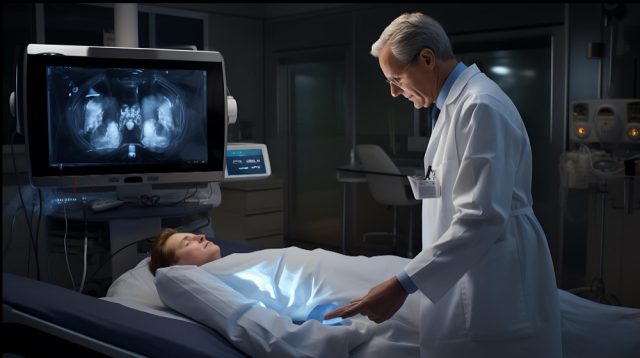Urology is a vital field in medical practice, focusing on diseases and conditions that impact the urinary tract in both men and women, as well as the male reproductive organs. This unique specialisation of medicine often involves a range of complex and varied procedures. In this article, we’ve teamed with Urocare to delve into six common urology procedures frequently conducted in the UK.
1. Cystoscopy
A cystoscopy is a diagnostic procedure used to examine the bladder and the urethra. Utilising a cystoscope, a thin instrument equipped with a light and camera, urologists can detect issues such as bladder stones, tumours, and infections. The procedure usually takes about 15-30 minutes and can be performed either under local or general anaesthesia, depending on the individual’s condition and the complexity of the procedure.
2. Ureteroscopy
A ureteroscopy is another common urological procedure used to diagnose and treat conditions related to the ureters and kidneys. This procedure is particularly helpful in treating kidney stones lodged in the ureter. During a ureteroscopy, a long, thin tube called a ureteroscope is inserted through the urethra, into the bladder, and then up into the ureter or kidney. From here, stones can be directly visualised and removed or fragmented for easier passage.
3. Transurethral Resection of the Prostate (TURP)
TURP is a surgical procedure often recommended for men suffering from an enlarged prostate, a condition known as benign prostatic hyperplasia (BPH). This procedure involves removing parts of the prostate gland through the penis, with no incisions needed. By removing the enlarged sections of the prostate, TURP can alleviate urinary symptoms such as frequent urination, difficulty starting urination, and inability to completely empty the bladder.
4. Vasectomy
A vasectomy is a common procedure for male sterilisation. It involves the cutting or sealing of the vas deferens, the tubes that carry sperm from the testicles to the urethra. This straightforward procedure is generally performed under local anaesthesia and can be completed within an hour. Although it is considered a permanent form of male contraception, it can be reversed in some cases.
5. Prostate Biopsy
Men who have an elevated prostate-specific antigen (PSA) level or abnormal digital rectal examination (DRE) result may need to undergo a prostate biopsy. This procedure involves the extraction of small samples of prostate tissue to check for the presence of cancer cells. Biopsies are usually performed under local anaesthesia and guided by ultrasound.
6. Intravesical Therapy for Bladder Cancer
Intravesical therapy is a treatment modality for early-stage bladder cancer, where medicine is inserted directly into the bladder through a catheter. The drug stays in the bladder for a couple of hours and then is passed out through urination. This form of treatment aims to kill cancer cells in the bladder while minimising side effects on the rest of the body.
Urology procedures can seem intimidating and invasive due to the sensitive nature of the organs involved. However, remember that these are common procedures performed by specialists with years of training and experience. If you or a loved one requires any urological procedure, ensure to seek professional advice, discuss all your concerns with your urologist, and take an active part in your care and treatment decisions.

A professional writer with over a decade of incessant writing skills. Her topics of interest and expertise range from health, nutrition and psychology.




